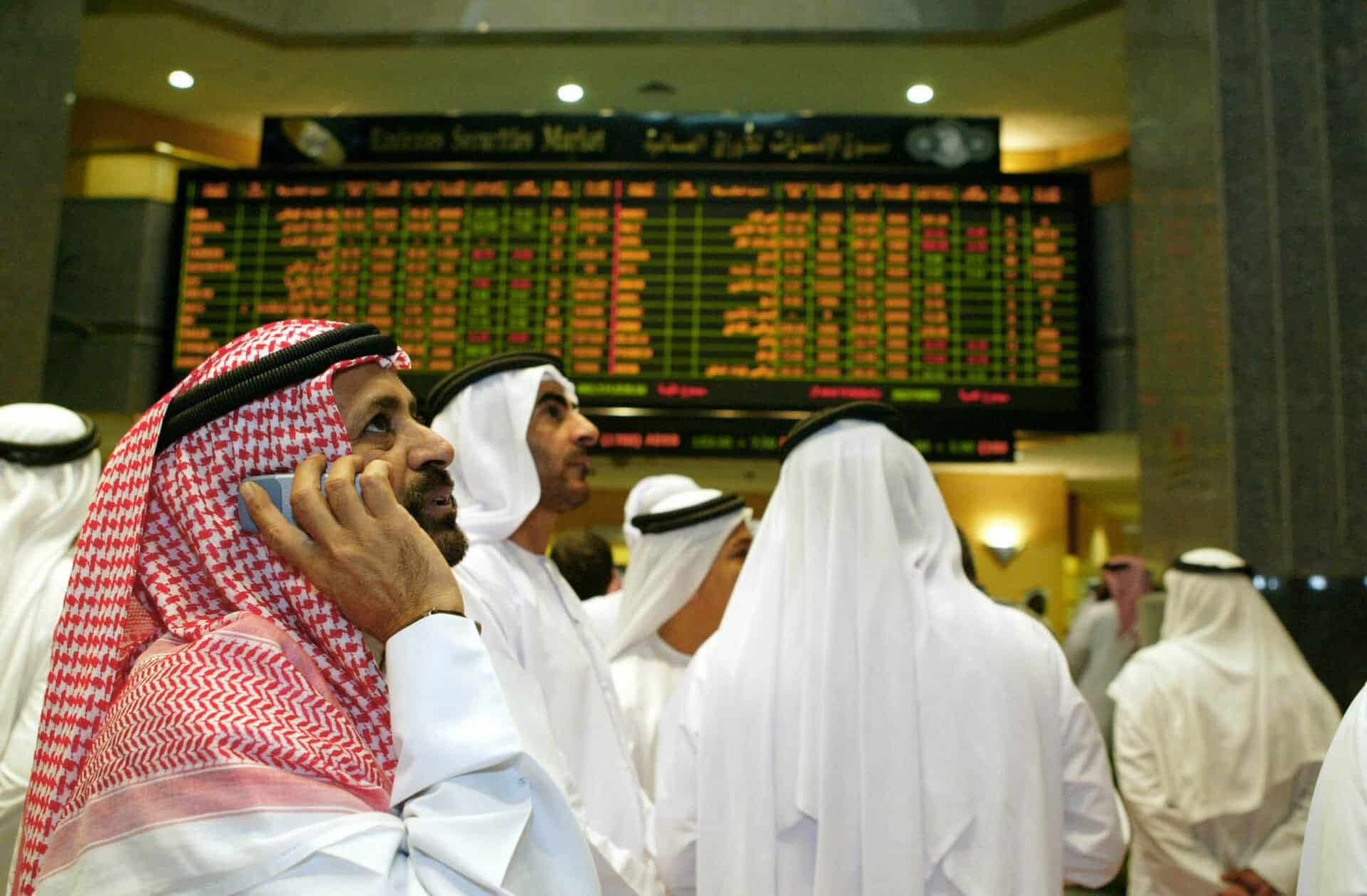Abundant liquidity created by easing monetary and fiscal policies besides a rebound in oil prices helped the GCC’s equity markets, except Qatar, to remain robust for the eighth consecutive month beginning in November 2020.
Notably, the pharma and biotech index topped performance during H1 2021 with returns of 24.3 percent and 50.4 percent, respectively.
All the sectors were in the green in terms of returns in the first six months of this year with gains for 13 sectors in double digits. Large-cap sectors like banks, material, and telecom reported gains of more than 20 percent, whereas for the energy sector it was 6.7 percent.
The Abu Dhabi Exchange (ADX) remained buoyant for the ninth consecutive month and topped the region’s equity markets by gaining as much as 35 percent during the first six months of this year.
Abu Dhabi was followed by Saudi Arabia (26.4 percent), Kuwait (15 percent), Dubai (13 percent), Oman (11 percent), Bahrain (7 percent) and Qatar (2 percent) respectively, according to a report by the Kuwait-based Kamco Invest Research.
The investment and financial services sector listed on ADX recorded the biggest returns of 160.7 percent during H1 2021 followed by industrial and consumer staples indices with gains of 41 percent and 35.2 percent respectively.
The Emirate’s banking sector also showed healthy gains of 23.4 percent whereas the Insurance sector reported a decline of 6.3 percent, the Kamco Invest report said.
Performance-wise, the UAE-based International Holdings Company had the distinction of being top among its peers as it gained a little over 25.3 percent in June 2021. In terms of market capitalization, the company is the largest with assets to the tune of US$59 billion in the UAE.
The positive gains by the GCC markets also ensured the total return index recorded by the MSCI GCC as the best since the index started tracking regional markets in 2005 with a return of 25 percent for the period.
In Qatar, the decline in June 2021 affected the market’s performance during H1 2021 that reached 2.8 percent, the lowest in the GCC. In terms of sector performance, the industrials reported the biggest gains during the half-year period at 15.8 percent followed by insurance and telecoms at 8.8 percent and 6.5 percent, respectively. These gains were partially offset by a nine percent decline reported by the Real Estate index and a marginal decline of 0.5 percent reported by the consumer goods and services index.
Tadawul in Saudi Arabia had been on the high for the sixth consecutive month in June led by positive investor sentiments that were also reflected in announcements of new IPOs and listings on the exchange.
During the first half of 2021, the index reported gains of 26.4 percent, the second-highest in the GCC after Abu Dhabi. In terms of sector performance, only two sectors, food and staples along with retailing and utilities, declined by 3.1 percent and 1 percent respectively.
The Kuwaiti boursa was up for the fourth consecutive month in June and recorded the third-best performance in the GCC with the All Share index up by 15.2 percent in H1 2021.
The Bahrain Bourse continued to report gains for the third consecutive month in June and the benchmark was lifted into the green with a gain of 6.6 percent in the first six months of 2021.
The Omani stock was the best performing market in the GCC in June and this helped the bourse’s gains in the H1 2021 21 into double digits at 11.1 percent.
Global indices recover
In its latest report, Argaam reviewed the performance of global stock markets in the first half of 2021, covering almost 107 indexes, 93 of which rose and 14 declined.
Most global indexes logged gains, driven by the gradual recovery of the global economy and the fiscal stimulus policies adopted by governments, in line with the return of pre-pandemic life amid accelerated COVID-19 vaccination drives.
The report said the first half of 2021 witnessed the adoption of several financial policies and measures, most of which was to keep interest rates unchanged at low levels. The US Federal Reserve announced that it will continue its bond purchase program worth US$120 billion per month, while maintaining the interest rates at zero, amid forecasts of raising the interest rate twice in 2023.
Oil prices jumped 45 percent to US$75 a barrel due to an increase in demand and OPEC’s policy on production cap during the period also provided support, along with positive expectations regarding demand recovery in H2 2021 and increase in production levels by OPEC members.
Abu Dhabi Securities Exchange General Index moved up 35 percent, or 1,790 points, to close at 6,835 points, since the beginning of the year.
It was followed by Lebanon’s BLOM Stock Index – ranked seventh globally – which gained 34 percent, despite the local economic conditions, including high inflation rates and a record decline in the local currency exchange rates against the US dollar.
Meanwhile, Tadawul All Share Index (TASI) ranked 10th globally, rising 26 percent in H1 2021. The benchmark index crossed the 11,000-level in the last session, for the first time since 2014, the report added.

